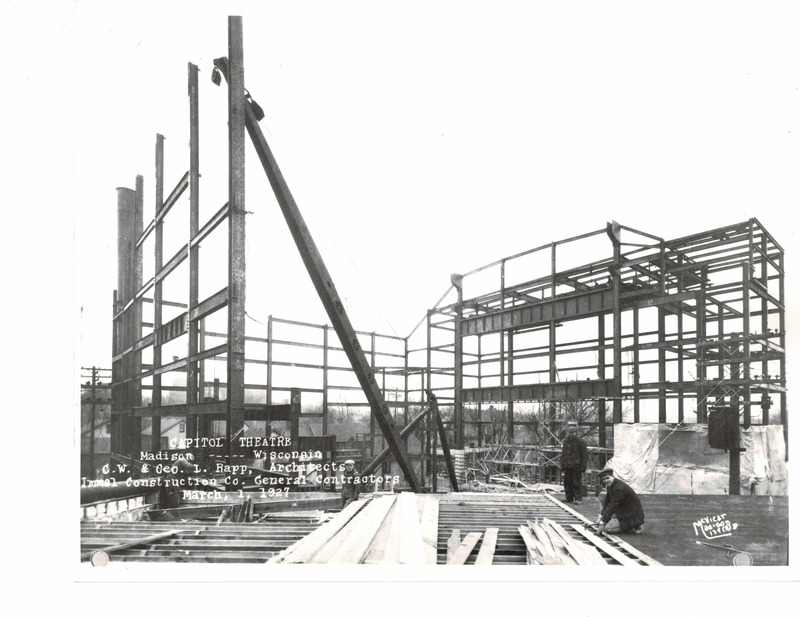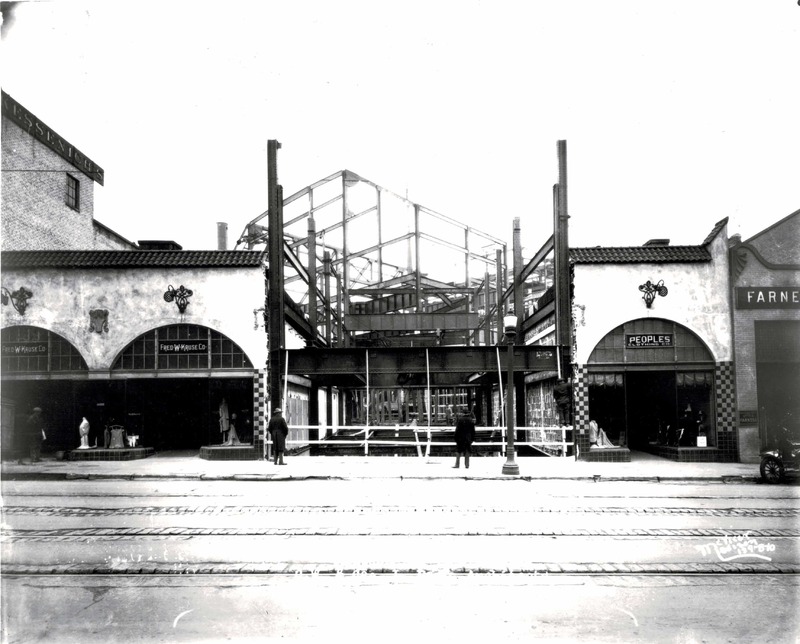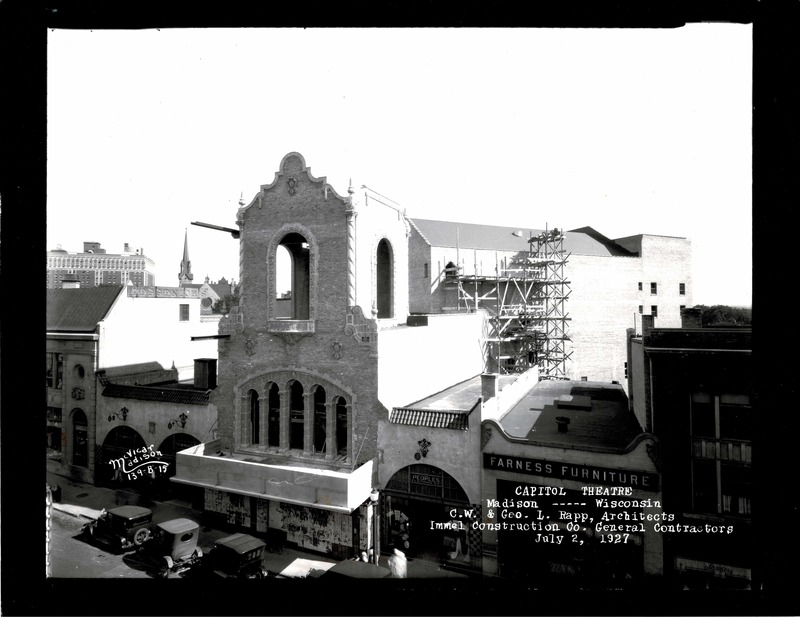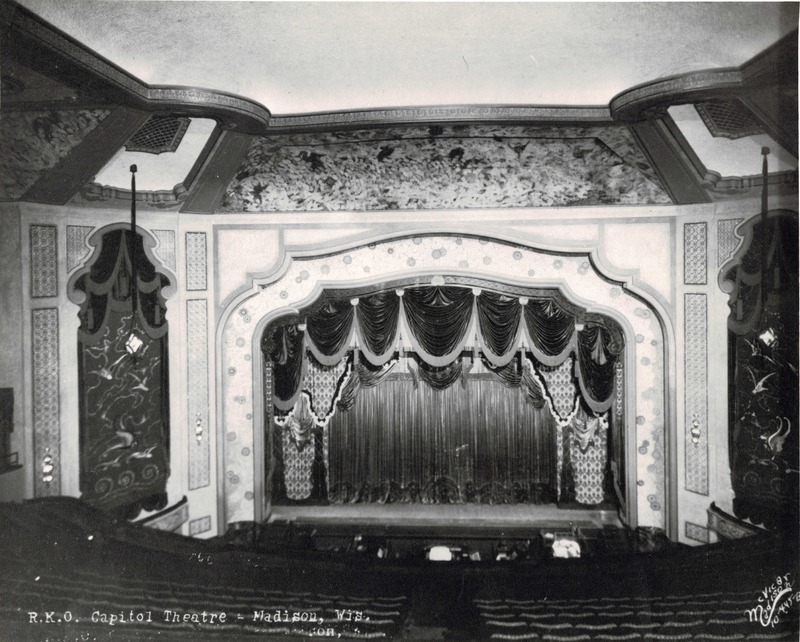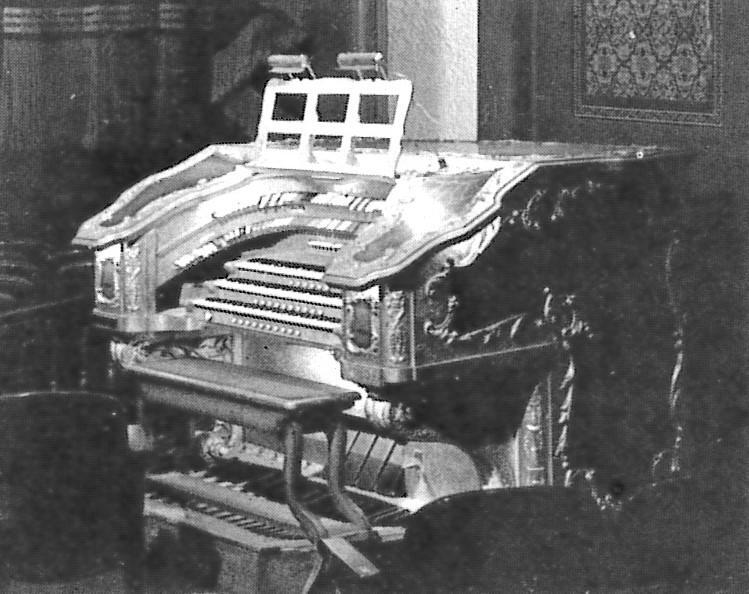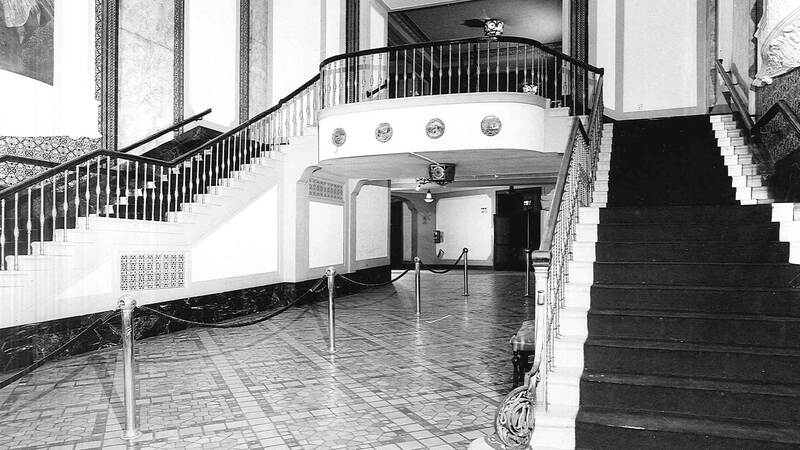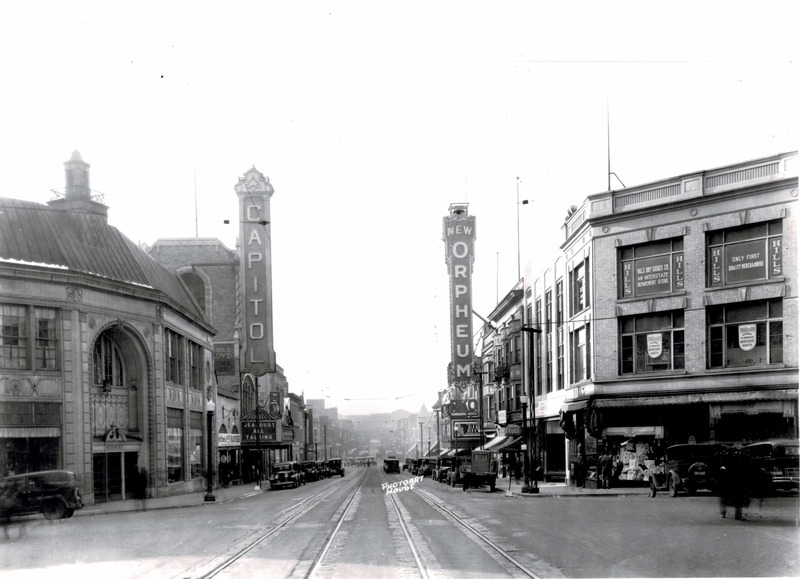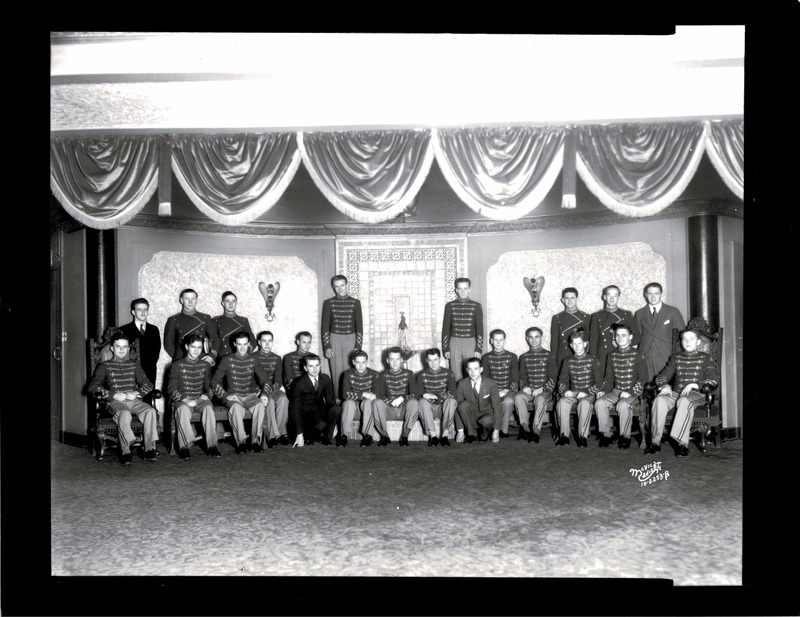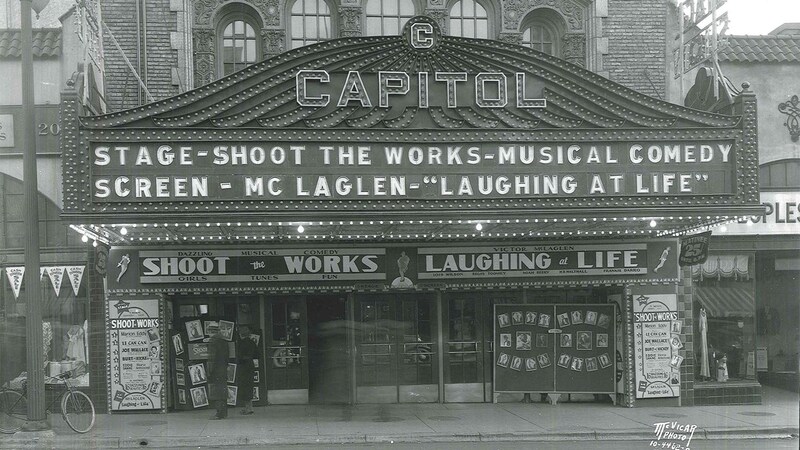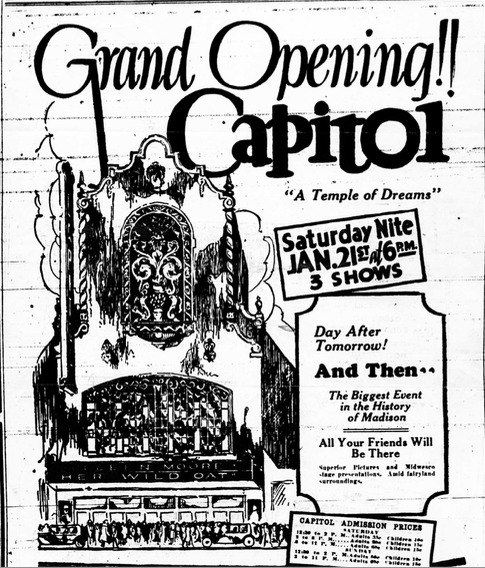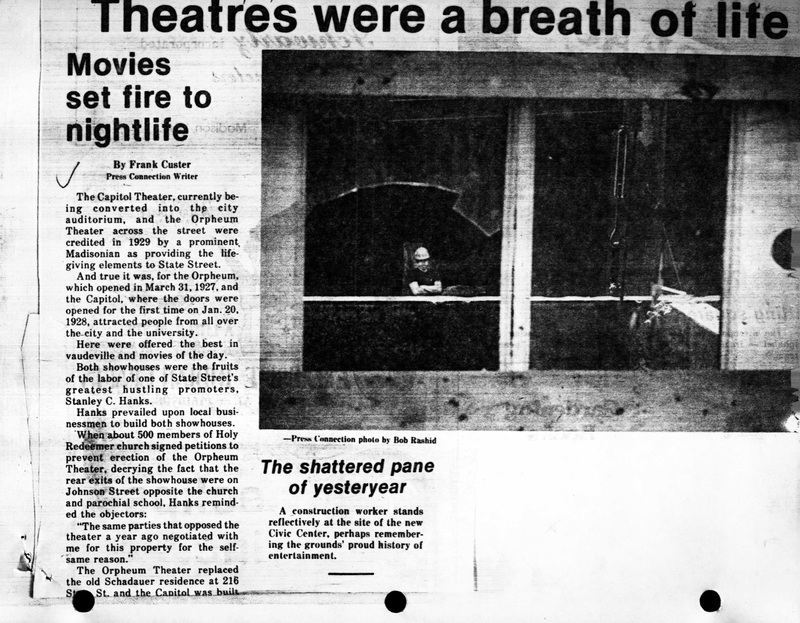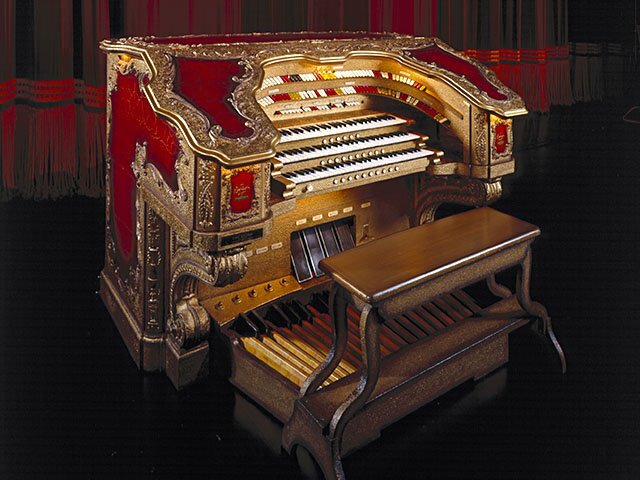The Capitol Theater
In 1924, Stanely C. Hanks, a prominent business owner in Wisconsin, formulated a plan to create two showhouses on either side of State Street in downtown Madison. He was encouraged by the prominence of shows and films across the country and determined that they would be successful additions to Madison's community.
In proposing these large-scale changes to State Street, Hanks encouraged local businesses and influential community members to help create both showhouses. However, he ran into issues when 500 members of the Holy Redeemer church signed a petition to stop the construction on the Orpheum due to the exits of the building facing the church and school. In response, Hanks stated, "The same parties that opposed the theater a year ago negotiated with me for this property for the self-same reason."
Despite any lingering concerns, construction began on the Orpheum in 1925 and the Capitol in 1927. To keep the grandeur of the buildings at the highest level, the architecture firm Rapp & Rapp, known for their designs of Radio City Music Hall and the Chicago Theatre, were invited to design both showhouses. The inspiration for the architecture comes from the styles of the Art Deco and French Renaissance movements.
The Orpheum Theater opened in March of 1927 and provided access to vaudeville acts, newsreels, and the occasional silent film. The Orpheum opened to success, and less than a year later, on January 20, 1928, the Capitol Theater opened its doors to the public and was lauded as "the temple of happiness" (Isthmus 2004). The Capitol was designed to be an opulent movie house with modern conveniences and a Grand Barton theater organ, custom-built by the Barton Musical Instrument Company of Oshkosh.
Although the Capitol was successful for many years, the building was designed as a silent-movie house, so with the advent of talkies, the Capitol began to phase out their film showing and instead turn towards concert performances. From 1940 until 1970, the Capitol became one of Downtown Madison's concert and performance venues. However, by the 1970s, the building was decaying and needed renovations. In 1974, Mayor Paul Soglin announced the renovation of the Capitol's building into the Madison Civic Center. Using the Capitol as the cornerstone, the Madison Civic Center promised innovation and expansion for the community of Madison. After a donation from the Oscar Meyer Company, the Capitol Theater was renamed the Oscar Meyer Theater in 1978. In 1983, the Madison Civic Center programmed a "film cavalcade" of silent films that developed into the Duck Soap Cinema series, a tradition that continues at the theater today.
In 1999, the Oscar Mayer Theater was slated for demolition, and even after it was saved, concerns that the theater "had no future" in the new Overture Center became well-known (WSJ 2002). The theater was saved once again by the overwhelming support of the Madison community and became part of the Overture Foundation's plan.
After 29 years as the Oscar Meyer Theater, the Capitol Theater was renovated once again and restored to its former glory during the creation of Overture Center. The Capitol Theater reopened in 2006 to stunning success and, in 2028, will celebrate its 100th year anniversary.
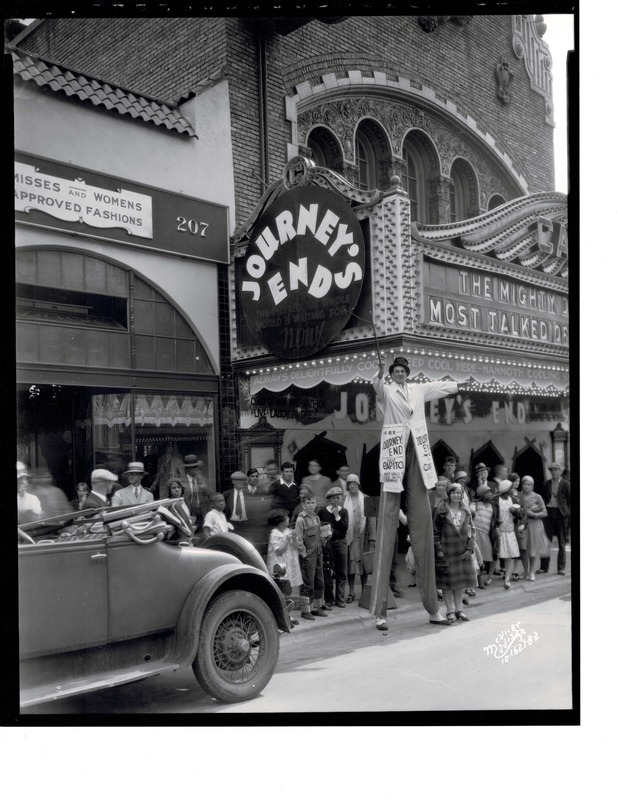
The Capitol Theater's Journey's End Promotion (1930)
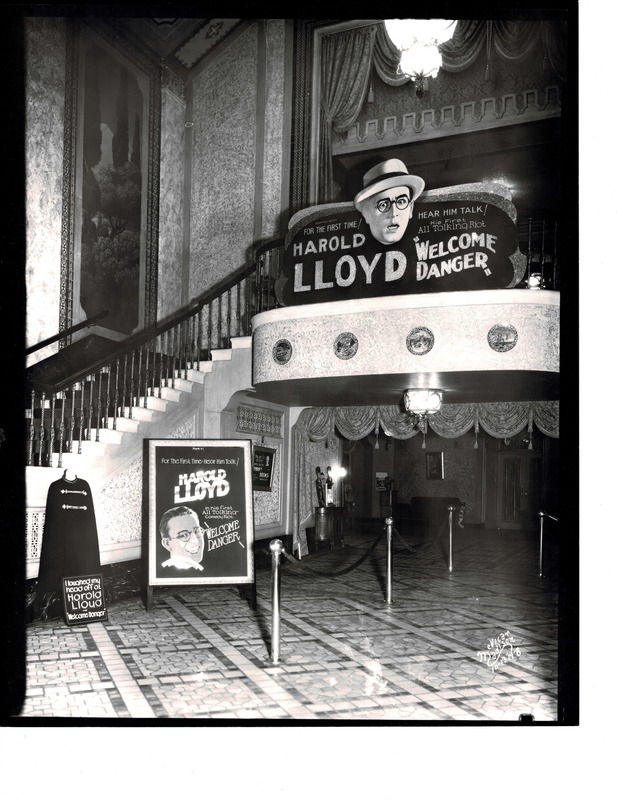
The Capitol Theater's Foyer (1929)
